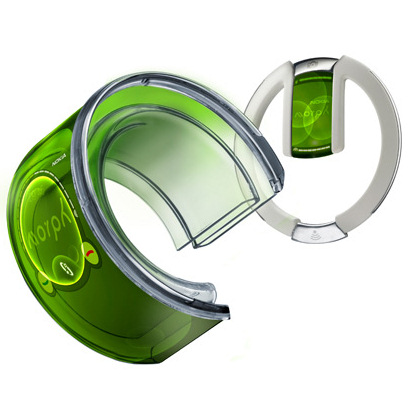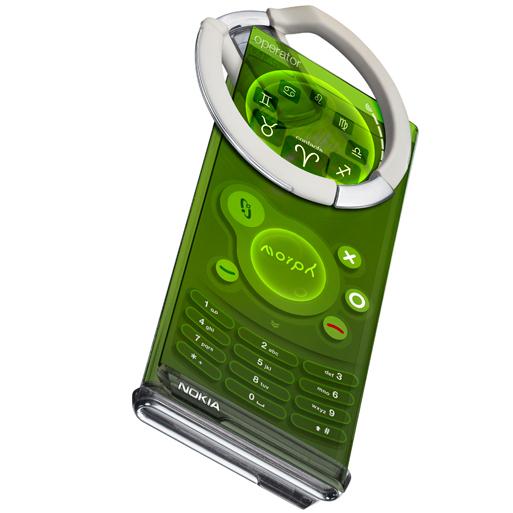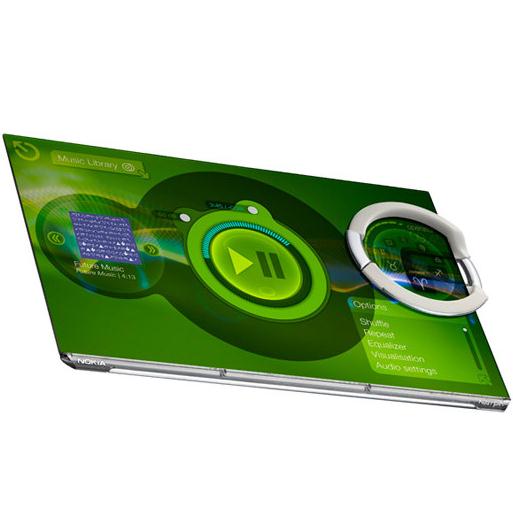
Morph is a concept that demonstrates how future mobile devices might be stretchable and flexible, allowing the user to transform their mobile device into radically different shapes. It demonstrates the ultimate
functionality that nanotechnology might be capable of delivering: flexible materials, transparent electronics and self-cleaning surfaces.

Dr. Bob Iannucci, Chief Technology Officer, Nokia, commented: “Nokia Research Center is looking at ways to reinvent the form and function of mobile devices; the Morph concept shows what might be possible”.
Dr. Tapani Ryhanen, Head of the NRC Cambridge UK laboratory, Nokia, commented: “We hope that this combination of art and science will showcase the potential of nanoscience to a wider audience. The research we are carrying out is fundamental to this as we seek a safe and controlled way to develop and use new materials.”

Professor Mark Welland, Head of the Department of Engineering’s Nanoscience Group at the University of Cambridge and University Director of Nokia-Cambridge collaboration added: “Developing the Morph concept with Nokia has provided us with a focus that is both artistically inspirational but, more importantly, sets the technology agenda for our joint nanoscience research that will stimulate our future work together.”

The partnership between Nokia and the University of Cambridge was announced in March, 2007 – an agreement to work together on an extensive and long term programme of joint research projects. NRC has established a research facility at the University’s West Cambridge site and collaborates with several departments – initially the Nanoscience Center and Electrical Division of the Engineering Department – on projects that, to begin with, are centered on nanotechnology.
Elements of Morph might be available to integrate into handheld devices within 7 years, though initially only at the high-end. However, nanotechnology may one day lead to low cost manufacturing solutions, and offers the possibility of integrating complex functionality at a low price.
No comments:
Post a Comment